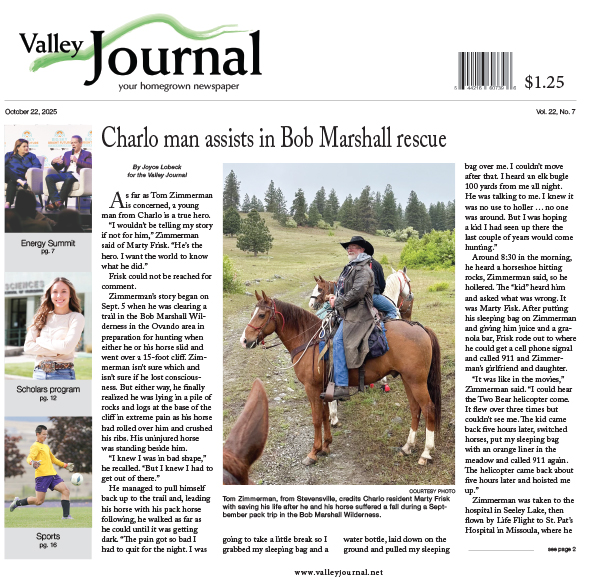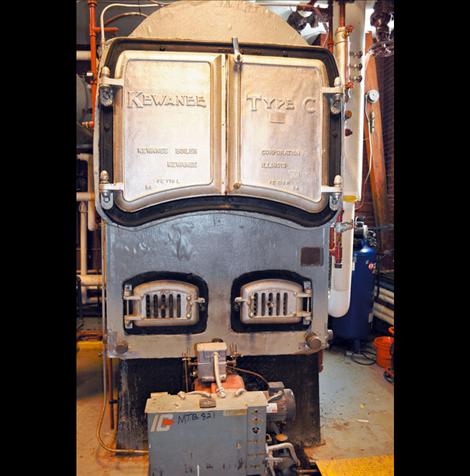Charlo Schools explore biofuel heating option
Hey savvy news reader! Thanks for choosing local.
You are now reading
3 of 3 free articles.
CHARLO – After at least six decades of using a traditional boiler to warm its school buildings, Charlo School Board voted Nov. 19 to utilize grant monies to explore whether or not it is feasible to use local biofuels for heat.
The $3,500 grant from the Montana Department of Natural Resources and Conservation will entirely pay for a feasibility study to see if wood chips or pellets are a viable heating source for the school.
“I think this a great opportunity to look at potentially heating our school with locally-sourced products,” trustee Dave DeGrandpre said. “What we’re looking into is a really, really entry-level study. It’s a pre-study. Some of the questions we are asking will come along later.”
In theory, the school would utilize a heating system powered by woodchips or wood pellets from Hunt’s Timbers in St. Ignatius. The school is currently searching for an alternative to its outdated boiler, which will need a new burner in the next few years. Replacing the boiler and/or the burner could cost more than $100,000, which led school officials to explore what a full replacement of the heating system would require. Other schools and hospitals in the region have made the switch to using biomass heating, Superintendent Thom Peck said.
The grant administrator for Montana DNRC suggested the school board tour a heating facility for a Plains hospital or school in Darby.
“(The grant administrator) feels strongly that the board actually go and see what those facilities look like at those sites,” Peck said. “She did suggest that even though the hospitals are closer, we look at other schools that have done this.”
According to the Montana DNRC, the Darby Schools’ biomass project was completed in fall 2003. The school reported an annual savings of $160,000 for fuel costs. Montana DNRC reported than nine school biomass facilities had been completed as of 2010, with estimated fuel savings ranging from $12,500 to $160,000 per year. Depending on size, schools used between 60 and 1,900 tons of wood fuel per year.
In a 2011 report about the biomass program, Montana DNRC also touted the benefits of the facilities to forests. The fuels to run the Darby Schools biomass facility were obtained through reductions of 70 acres of hazardous fuels to reduce the risk of wildfire.
One concern the board members had was whether or not there is enough of a fuel supply in Mission Valley. Since Plum Creek closed the local timber mill a few years ago, Hunt’s Timbers is the major wood supplier in the area.
“What if Mission (schools) decides to do this same thing?” Trustee Art Soukkala said. “Then we’ll be in competition for that limited supply.”
The study approved by the board will address those questions, as well as provide a cost analysis for the school district. CTA Engineering was chosen to conduct the study.

















